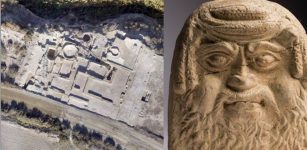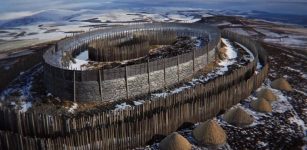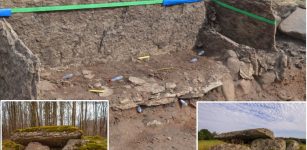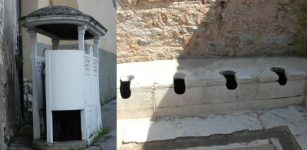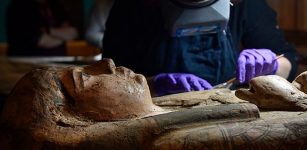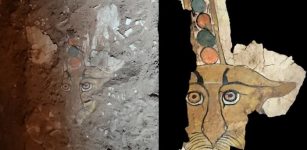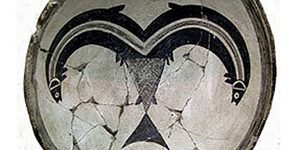Ancient Great City Of Ani: Lost Capital Of The Kingdom Of Armenia And Its Mysterious Underground Tunnels
MessageToEagle.com – The 5,000-year-old great city of Ani was once a powerful and a flourishing place. Sadly, wars and hostile invasion forces put a definite end to its prosperity. What remains today of the lost capital of Armenia is nothing but forgotten ruins scattered over a vast area.
Not long ago secret water channels, mysterious monk cells, meditation rooms, huge corridors, intricate tunnels, traps and corners were discovered under the ruins of the ancient city.
Situated on the eastern border of Turkey, across the Akhurian River from Armenia, the ancient city of Ani was once called the “City of 1,001 Churches” or the “City of Forty Gates,”
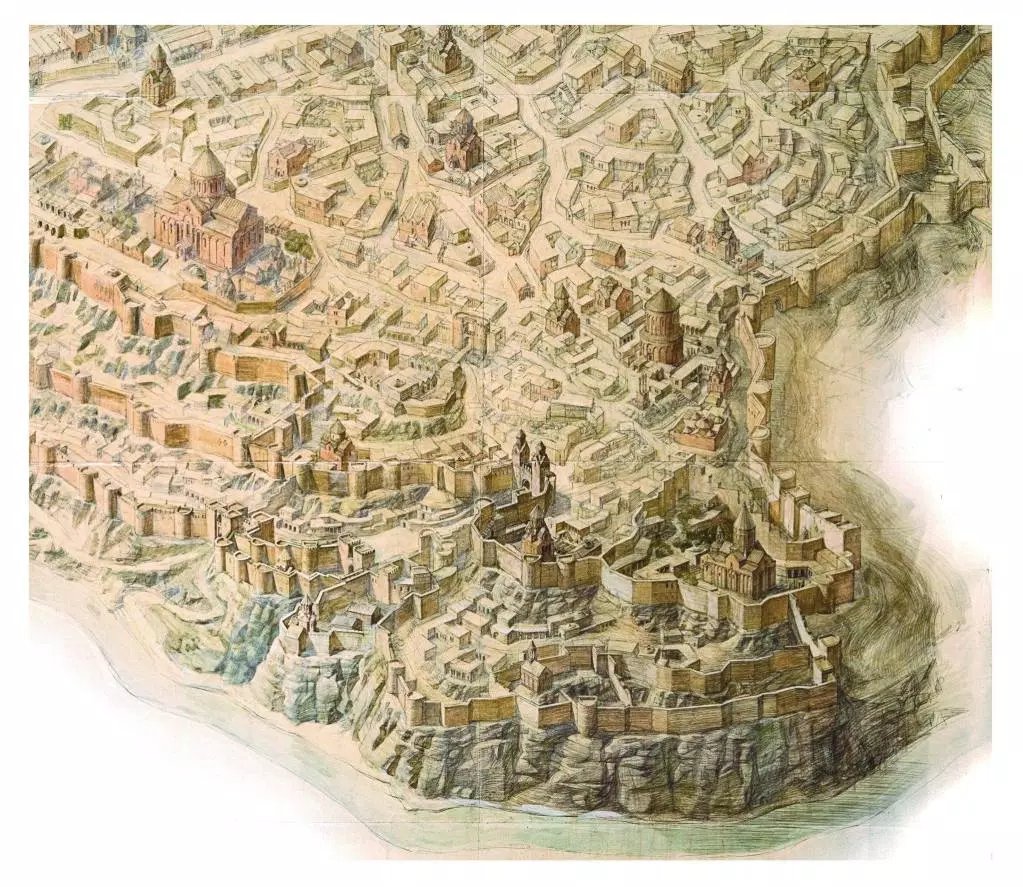
At its height, Ani had a population of 100,000–200,000 people and was the rival of Constantinople, Baghdad and Damascus. Founded more than 1,600 years ago, Ani was situated on several trade routes. The location was one of the reasons why Ani and the surrounding region were conquered hundreds of times. Byzantine emperors, Ottoman Turks, Armenians, nomadic Kurds, Georgians, and Russians claimed and reclaimed the area, repeatedly attacking and chasing out residents.
By the 1300s, Ani was in steep decline. Renowned for its splendor and magnificence, Ani was abandoned and largely forgotten in the sixteenth and seventeenth centuries.
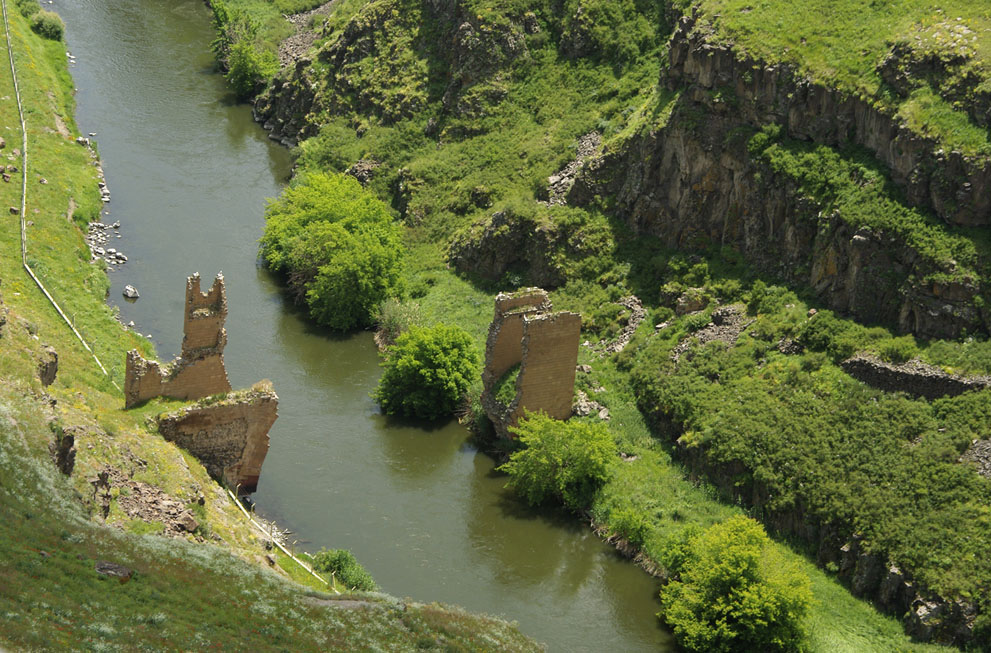
It was rediscovered in the 19th century and the city had a brief moment of fame. However, the city was closed off by World War I. Shortly after World War I, Turkish officials ordered the obliteration of Ani’s monuments, which were within Turkey’s borders by then.
The ruins crumbled at the hands of many: looters, vandals, Turks who tried to eliminate Armenian history from the area.
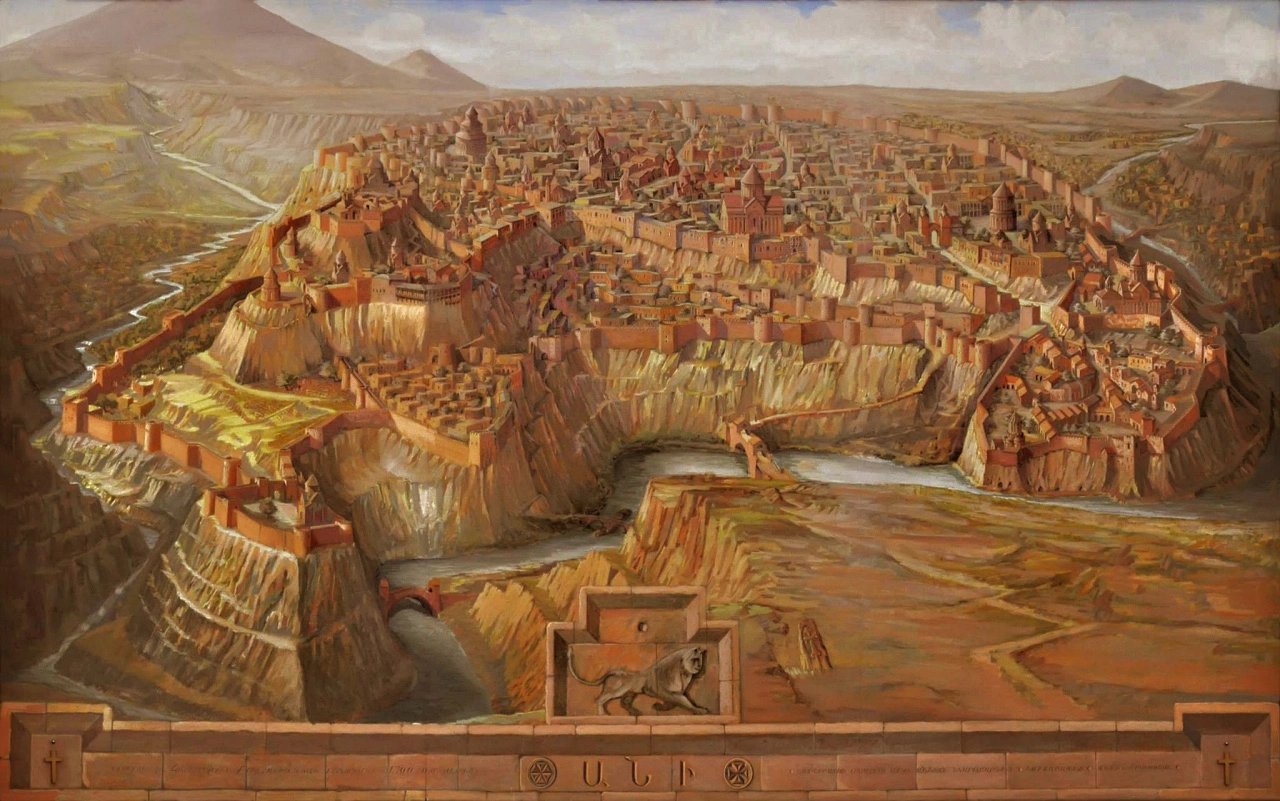
Fortunately, the great city of Ani could not be erased from history. Archaeologists excavating in the region uncovered the secrets of “underground Ani”. While digging at one of the underground tunnels in Ani, George Ivanovic Gurdjieff, who spent most of his childhood and youth in Kars noticed that the soil became different.
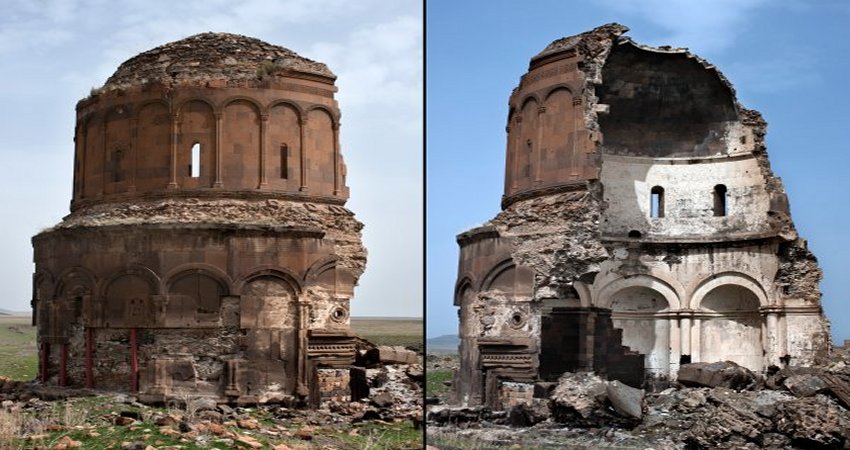
He and his friend Pogosyan continued digging and discovered a narrow tunnel. But the end of the tunnel was closed off with stones. They cleaned the stones and found a room where they found decayed furniture, broken pots and pans. They also found a scrap of parchment in a niche. As they continued digging, they stumbled upon a famous Mesopotamian school that was used in the sixth and seventh centuries. They also found letters between monks that were written in an ancient Armenian language.
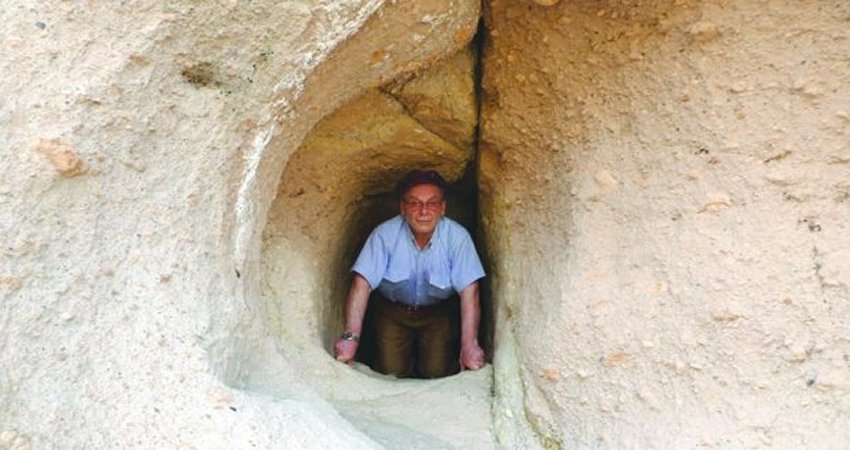
See also:
Ancient Iconic Armenian Wheel Of Eternity Depcited Inside A Six Pointed Star
Secret Underground Tunnels And Mysterious Structures Discovered In 5,000-Year-Old City Of Ani
‘Speaking Stones’ With Secrets – Remarkable Prehistoric Structures Of Karahunge, Armenia
Mysterious Lost Kingdom Of Urartu And Its Enigmatic History
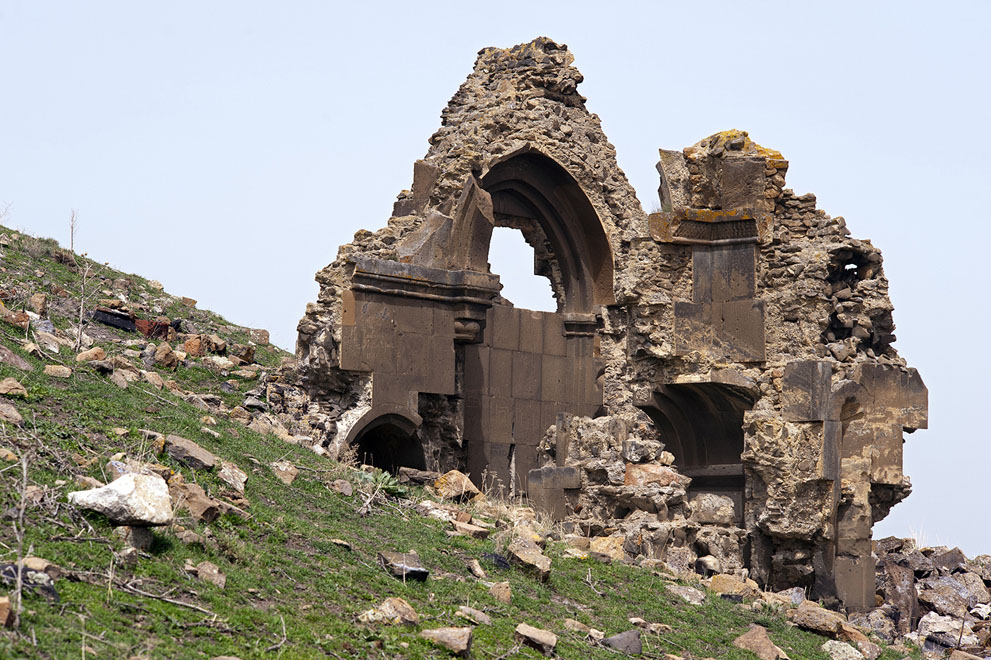
As confirmed by Italian excavators in 1915, underground Ani had a school, a monastery, rock houses, monk cells, water channels, meditation rooms, and more than 500 meters (1,600 ft) of complex tunnels. At least 823 structures and caves have been identified in underground Ani.
Interesting rock paintings have also been discovered in a village close to the ancient city of Ani in the eastern province of Kars.
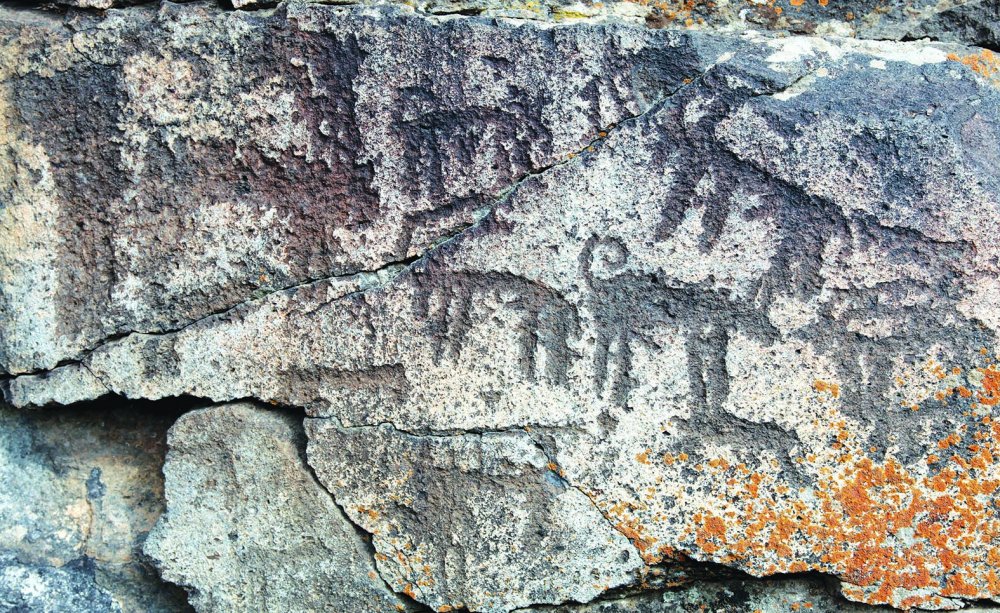
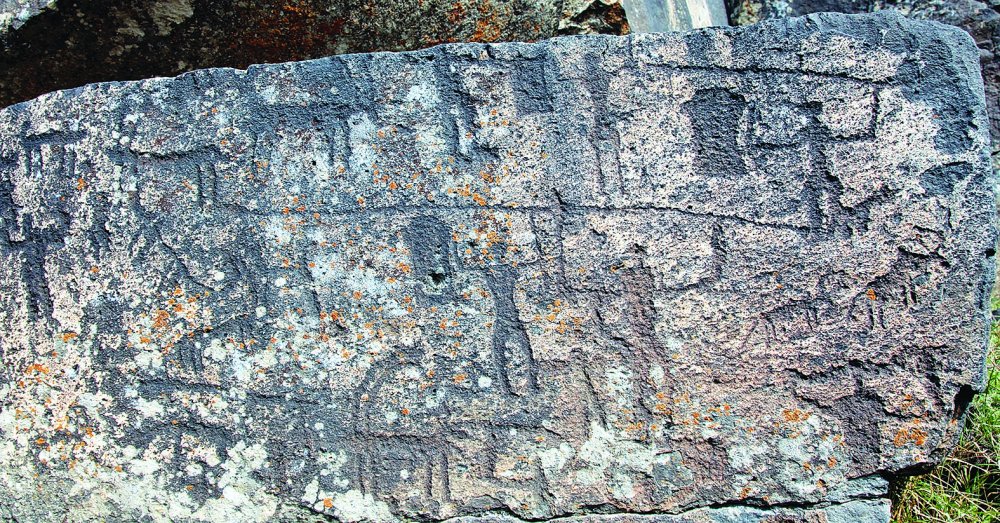
How many more secrets are still hidden beneath the ancient great city of Ani remains yet to be seen. It is very likely that there are many more undiscovered underground structures archaeologists have not yet been able to locate.
Copyright © MessageToEagle.com All rights reserved. This material may not be published, broadcast, rewritten or redistributed in whole or part without the express written permission of MessageToEagle.com


